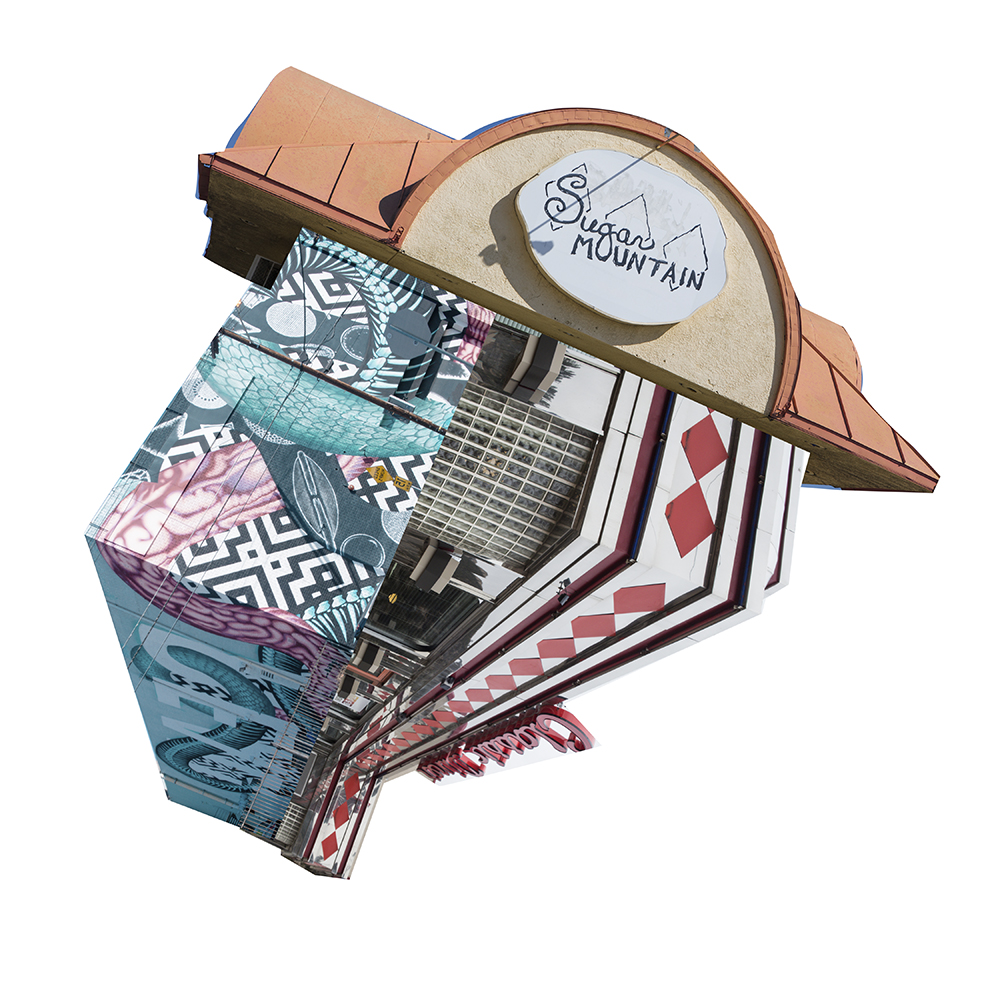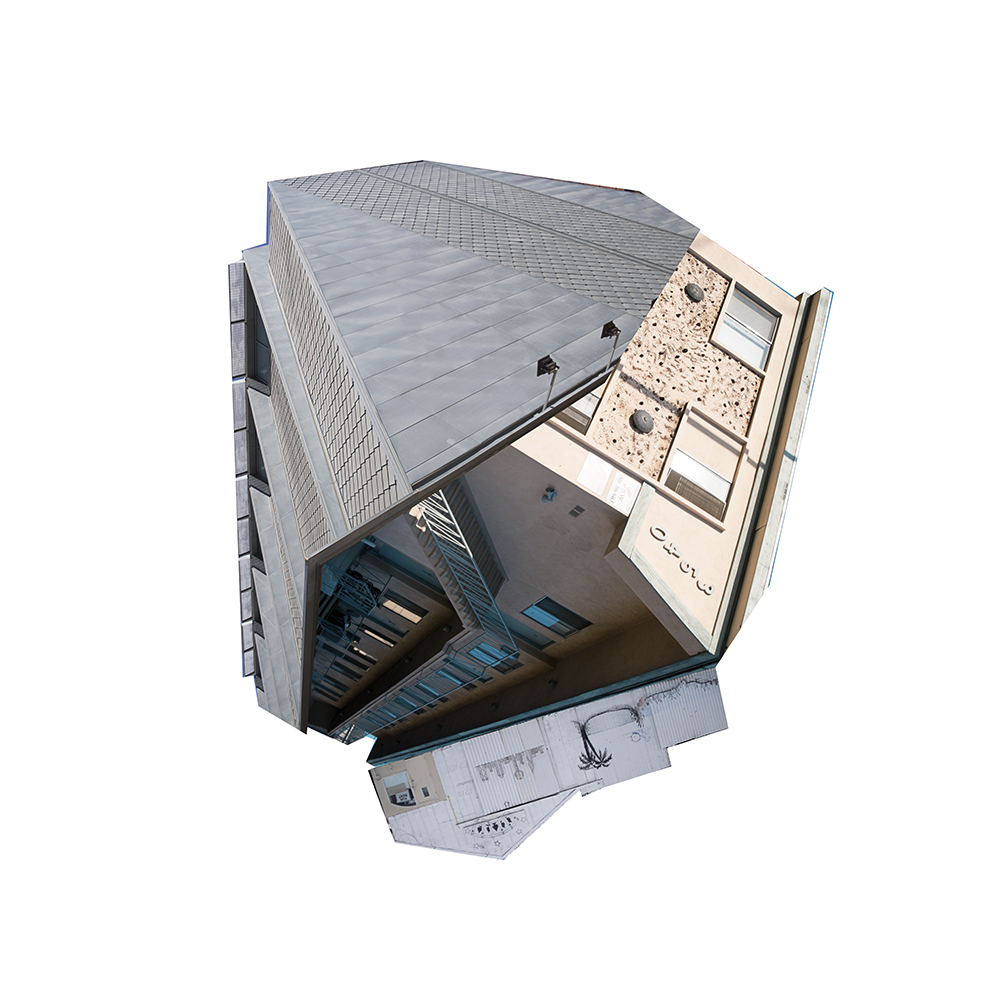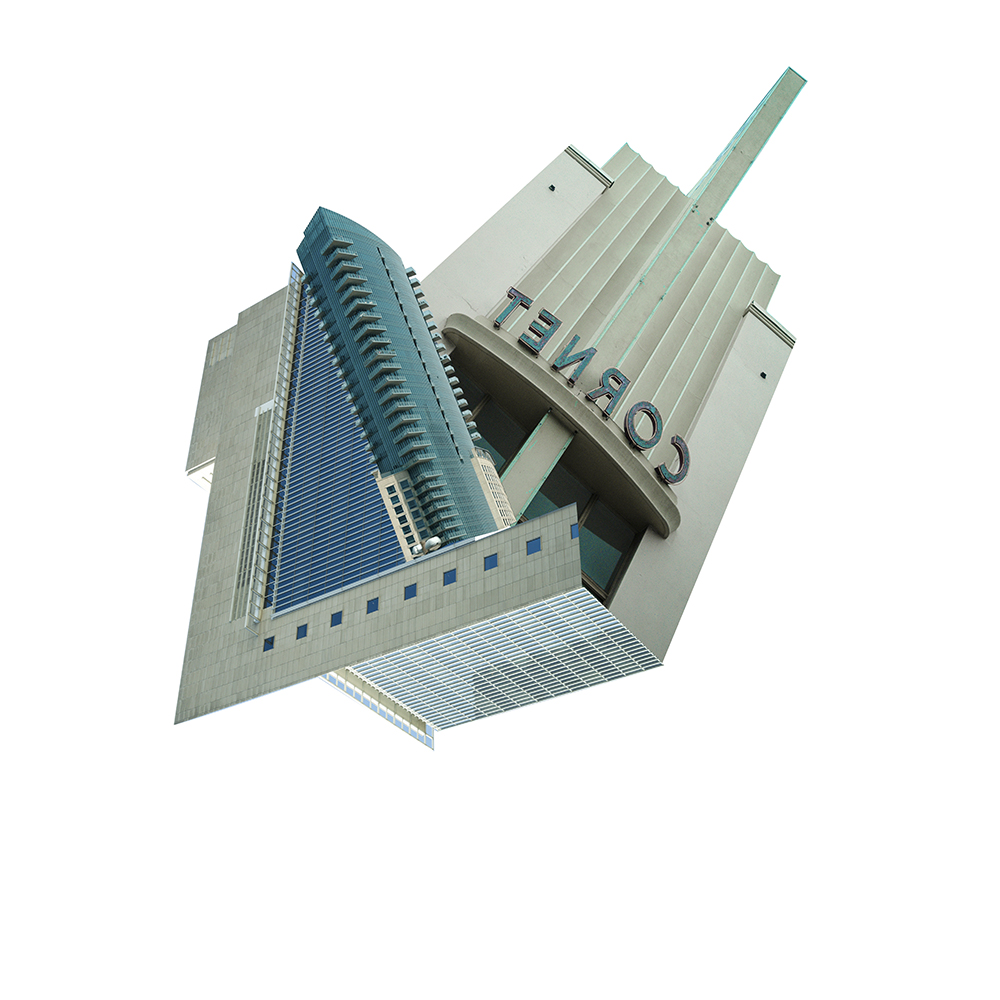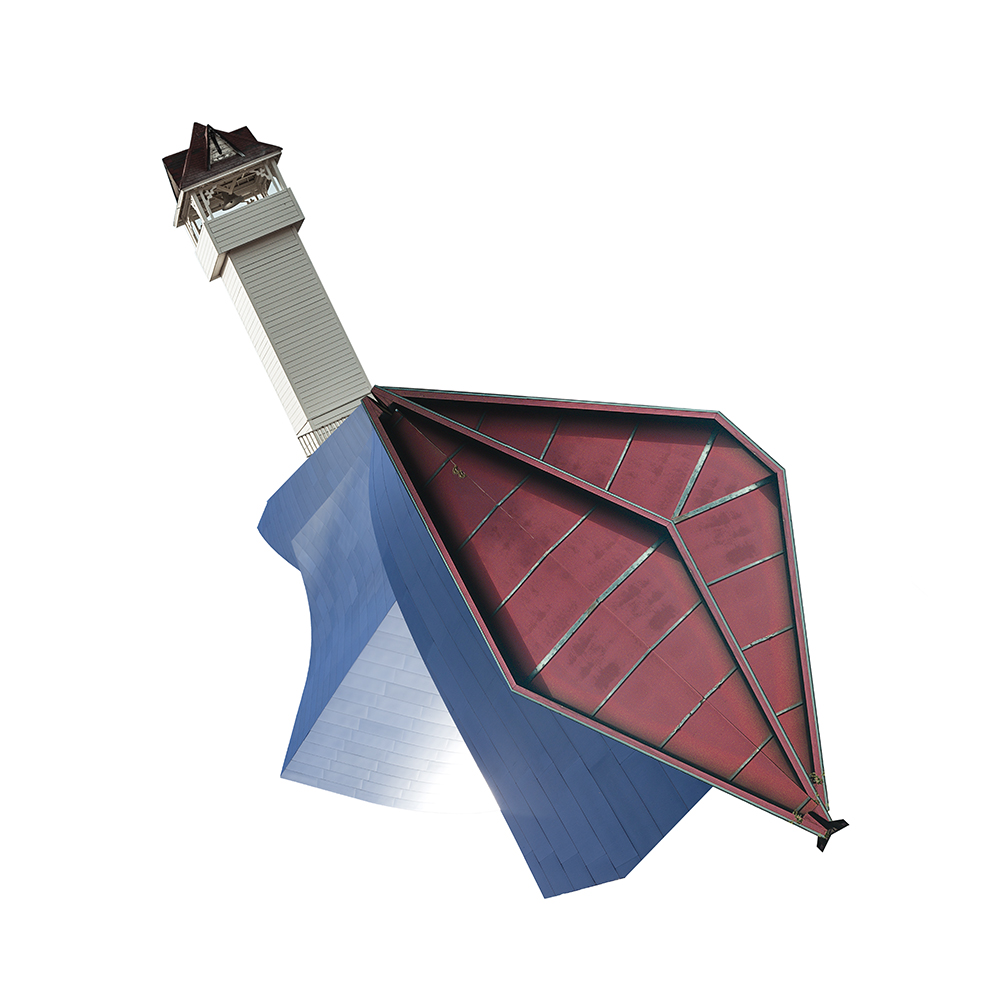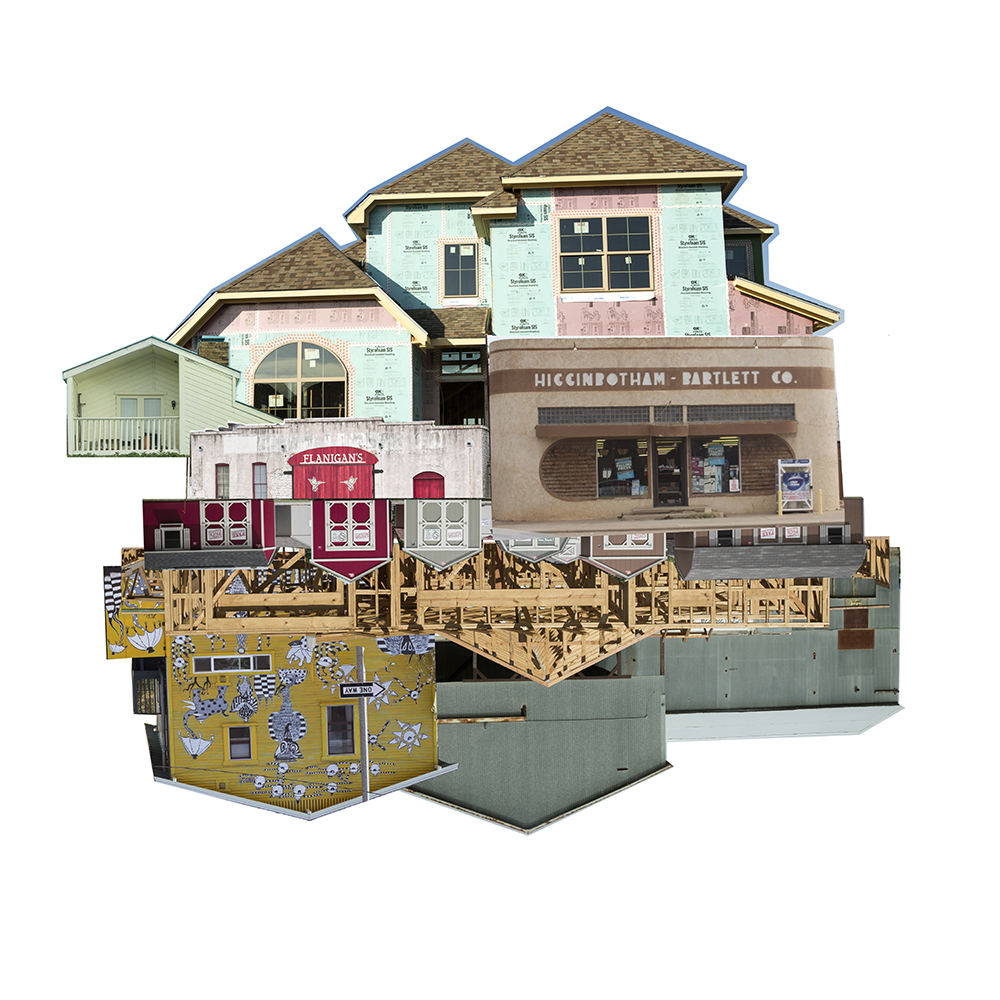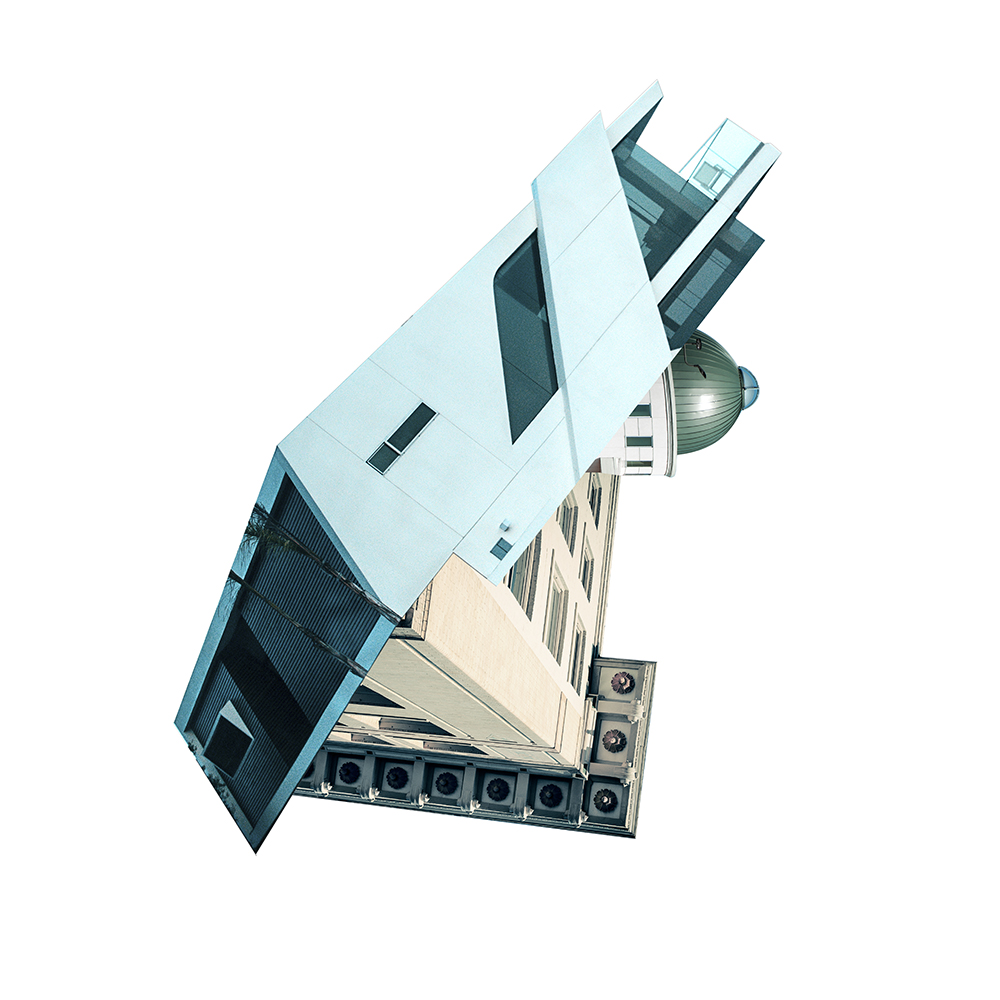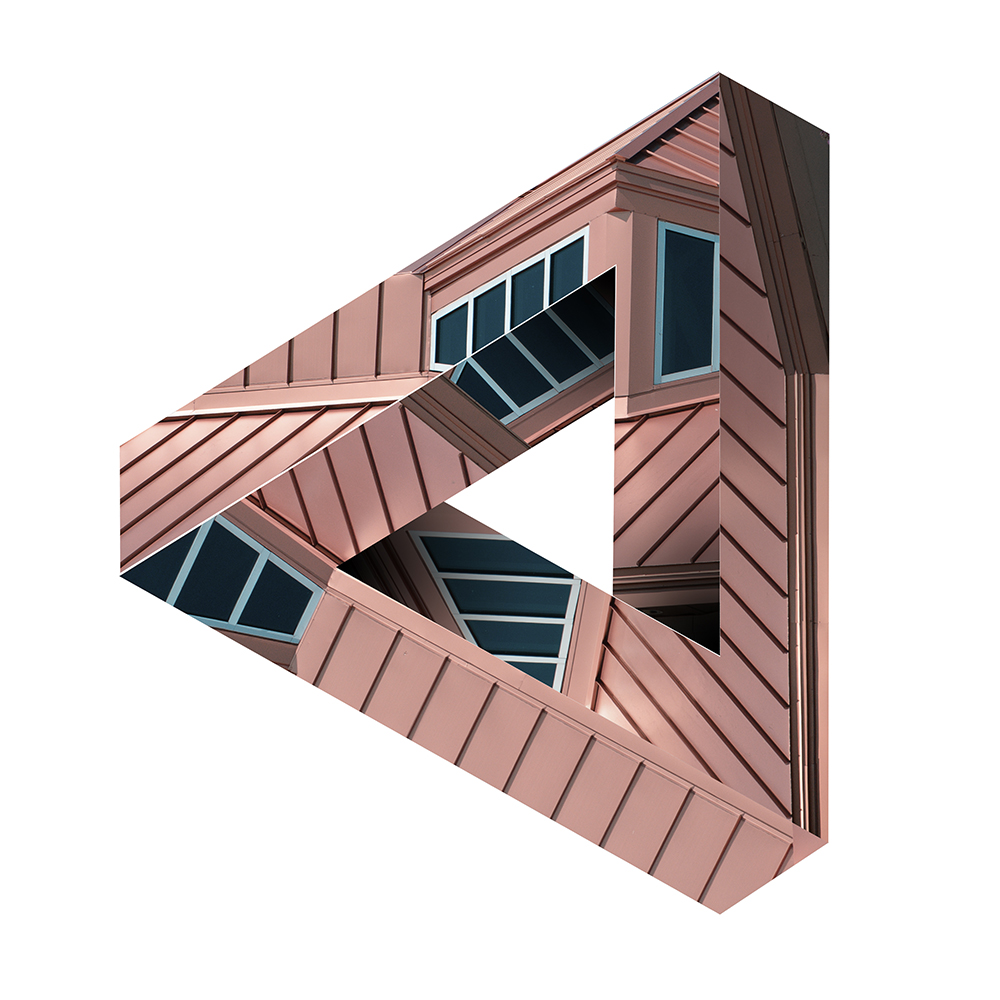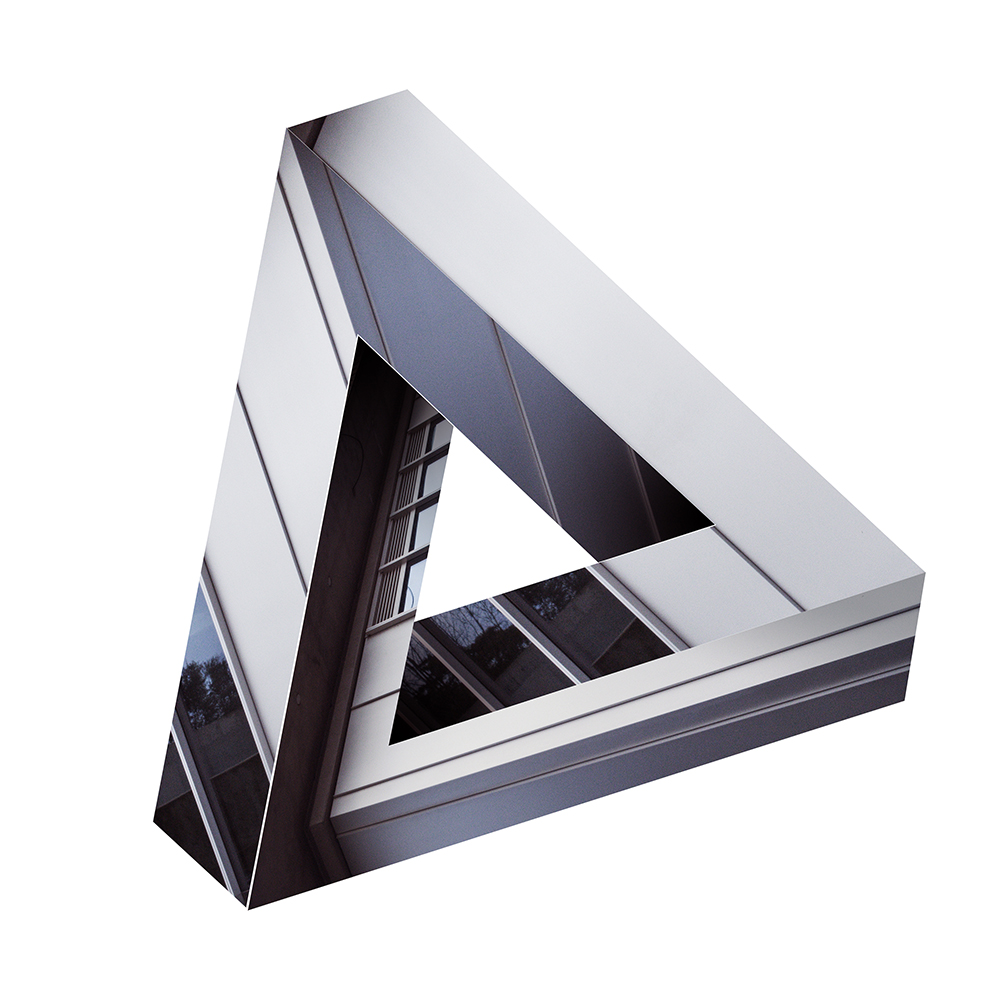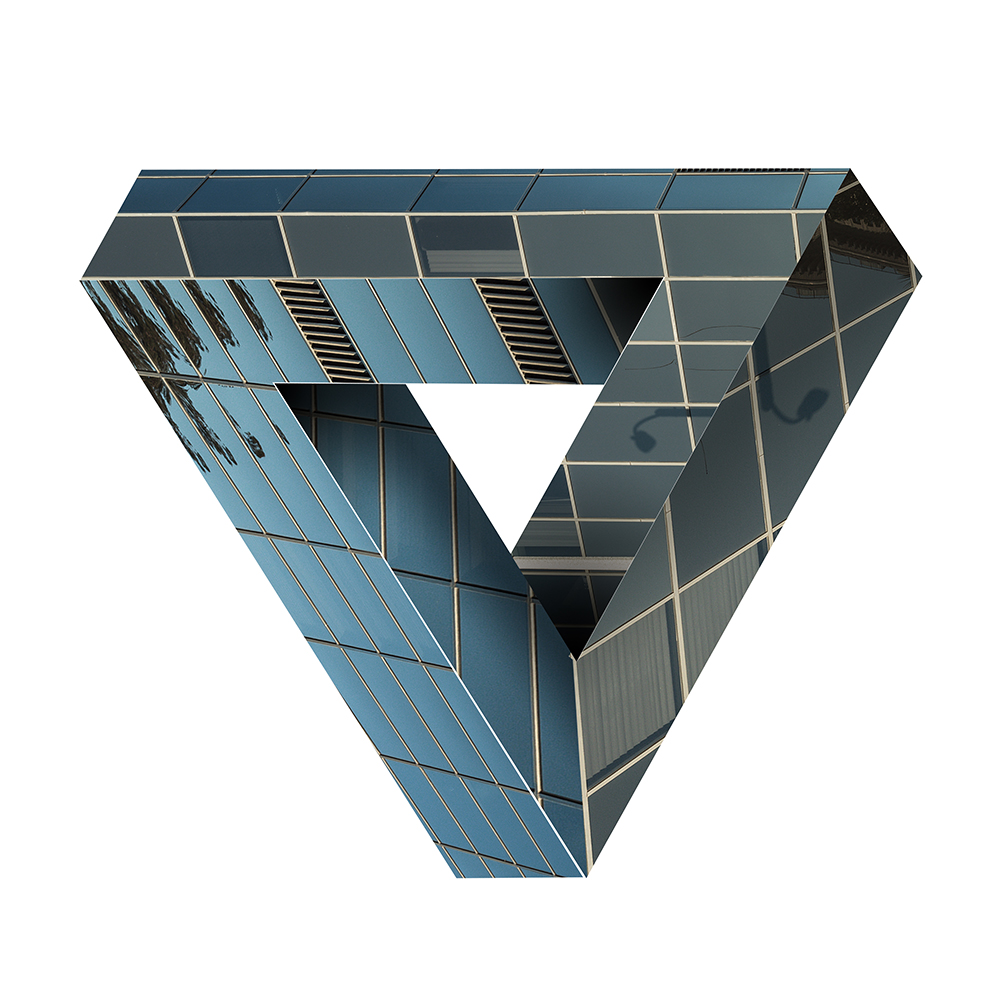Photographers on Photographers: Santiago Vanegas on Maria Elisa Duque
For the entire month of August, photographers will be interviewing photographers–sharing image makers who have inspired them, who they are curious about, whose work has impacted them in some way. I am so grateful to all the participants for their efforts, talents, and time. -Aline Smithson
Fellow photographer and former grade school bestie, Maria Elisa Duque. We’ve been friends since middle school. We are very different, yet share many similarities. My mother is a painter, her father is a photographer…both artists. We’re both from Colombia, and immigrants here in America. Maria Elisa left a very successful fashion photography career in Colombia to continue her journey in the United States. Now based in Dallas with her husband and son, she faces a blank slate in an unfamiliar city. How will Maria Elisa navigate this new chapter?
 Santiago Vanegas brings an interesting set of aesthetics to his work. He has navigated in and out of two cultures throughout his life. Born in Philadelphia and then moving back and forth between the United States and his native country of Colombia, eventually staying in Colombia for the next 14 years. Inspired by his mother, a painter, Surrealist art, Latin American magic realism, music, and the world of cinema, Santiago creates work that looks at the dark and the light in life. “I see the world in a way that even to me is a bit strange, but very real. The world is a strange, complicated, and fascinating place. I’m constantly drawing metaphors of how I see the world and its future. My images are about the relationship between reality and perception.” His work has been featured in Surface Magazine, WIRED, Flaunt Magazine, TALLULAH Magazine, HEDGE Magazine UK, Picture Magazine, GRAPHIC Magazine UK, Hartsfield Jackson Atlanta International Airport, Lenscratch. He is on the Advisory Council for CENTER. Santiago is also principal photographer at Featherstitchavenue.com. Santiago is currently based in Atlanta, GA.
Santiago Vanegas brings an interesting set of aesthetics to his work. He has navigated in and out of two cultures throughout his life. Born in Philadelphia and then moving back and forth between the United States and his native country of Colombia, eventually staying in Colombia for the next 14 years. Inspired by his mother, a painter, Surrealist art, Latin American magic realism, music, and the world of cinema, Santiago creates work that looks at the dark and the light in life. “I see the world in a way that even to me is a bit strange, but very real. The world is a strange, complicated, and fascinating place. I’m constantly drawing metaphors of how I see the world and its future. My images are about the relationship between reality and perception.” His work has been featured in Surface Magazine, WIRED, Flaunt Magazine, TALLULAH Magazine, HEDGE Magazine UK, Picture Magazine, GRAPHIC Magazine UK, Hartsfield Jackson Atlanta International Airport, Lenscratch. He is on the Advisory Council for CENTER. Santiago is also principal photographer at Featherstitchavenue.com. Santiago is currently based in Atlanta, GA.
Maria Elisa Duque is a Dallas Based Colombian Visual Artist and photographer. She uses photography as a tool for expressing herself and it has been her main medium for the past 15 years. Besides her personal work, Maria has worked in the fashion, advertising and editorial industry, as well as a concept fashion photography teacher. Her primary concepts of interest are reality, perception, and interpretation. She often approaches her work in a questioning way of the photography medium, constructing new realities or points of view. She uses contrast and unusual situations or scenarios, in a theatrical or poetic way. She has approached these themes throughout her photography with human subjects as well as inanimate ones. In her process, we can see a clear influence of graphic design, fashion, geometry, and architecture. In many of her images, she approaches ideas related to female inherent states of mind, emotion, and role. For Maria, the process is very a very important part of her work. Color is of great relevance in her compositions. Overall she is in a constant exploration of new points of view, has a playful character and a particular sense of humor throughout her images.
ASTEROIDES
I’m documenting a personal truth, in a playful rebellion against logic, where the real and absurd coexist. Photography is supposed to be a tool to capture our reality. Reality is a common agreement on what the truth is. But both of these principles have distortion. One is distorted by interpretation and the other is distorted by being a 2-dimensional representation of a 3-dimensional structure. The optics depending on the lens, framing and the point of view has a second distortion on the angles if one compares to the images as we see in our retina. On the other hand, we as a society create cultural truths based on what we agree is real, and science has agreed with some laws, that are also proven to be relative. By using the structures in a way that we are not used to seeing them I am taking images under a new relative scenario that is in the theoretical or even fantastic universe.
Coming to live in the US, has made me feel like a child again. The diversity around me surprises me and amazes me. I started collecting buildings and structures and creating fictional worlds, I feel like a girl playing with building blocks, here is where Asteroids an Im-possible structures is born.
“Asteroids” are micro planets and isolated urban landscapes that use existent architectural structures as “building blocks” creating new ones, in a playful experiment. the different vanishing points, horizon lines, and proportions coexist; the change in how the magnetism of gravity works is closer to atoms or galaxies than the way see it on earth. These new structures are assembled in a way that seems magnetic or gravitational, creating a different reality.
“Im-possible structures” uses representations of 3 dimensional impossible structures such as the Penrose triangle. The laws in this series are different from the ones in Asteroids. To me, they come from different universe where other physic laws apply.
Asteroids and Im-possible structures are fictitious parallel dimensions that question our common agreements of reality. It is a creation of another truth, another point of view from some of our constructed realities. They are interpretations of a personal vision of the world through the deconstruction and reconstruction of the preexisting structures, including new laws of physics. The concept of upwards or downwards are reinterpreted. One might say they both come from different parallel dimensions, creating an organized chaos.
The concepts of perception and reality have always been of interest to me. Photography is supposed to be a tool to capture our reality. Reality is a common agreement on what the truth is. But both of these principles have distortion. One is distorted by interpretation and the other is distorted by being a 2-dimensional representation of a 3-dimensional structure. The optics depending on the lens, framing and the point of view has a second distortion on the angles if one compares to the images as we see in our retina. On the other hand, we as a society create cultural truths based on what we agree is real, and science has agreed with some laws, that are also proven to be relative. By using the structures in a way that we are not used to seeing them I am taking images under a new relative scenario that is in the theoretical or even fantastic universe.
I have been working on this project for the last 2 years, since I moved from Colombia my home country to Dallas. had the chance to start with fresh eyes. I started noticing the different architectural styles, colors, shapes, facades, on the building structures. I was amazed by the diversity in them, that I thought represented all of the different cultures, traditions, merging of styles and appropriation of different decorative elements. – Maria Elisa Duque
Santiago Vanegas: Tell me about your first experience with a camera.
Maria Elisa Duque: My first camera was a gift from my dad when I was 8. It was a 120 automatic Hello Kitty camera. As I recall, I had to wait for a week for my first roll to develop and my pictures were all blurry, had horrible framing, and some of them were overexposed… they were hideous. My memory is blurry as my photos were. They didn’t come up as I had expected and that threw me off. Not having the results I’m expecting is something I have had to deal with and learn to accept over time, different from expected doesn’t mean bad. I know if I could see those pictures now, I would find them very interesting.
Since that moment as I remember, and throughout school and college I always had a camera in my backpack taking pictures of my friends and everyday moments. I liked goofing around with my friends and taking pictures of each other, dressing up and staging different things. This playful mode has always been a part of my work, and unless it is a commissioned work, I have a starting point or idea for the project, then I let myself go during the process and when looking at the work try to have in mind both what I was looking for with the unexpected results, which is very difficult because I can be a control freak.
SV: Was there a lightbulb moment when you realized you wanted to be a photographer?
MED: A couple of years after I graduated from art school, I was working as an art director for photography. I had to take care of all the elements that were needed for the photos. I felt so frustrated after seeing the results. In my mind, all the images were so different from the point of view of the photographer who I was working with. At that moment I decided that I wanted to try and do the art direction and photography myself. Even though I have worked as a commercial photographer, I am mainly a visual artist using photography as a tool to express myself. I prefer having a concept as a starting point than be in point and shoot mode.
SV: How did becoming a parent impact your work?
MED: I was working freelance on commercial assignments and commissions before I became a mom, but I wasn’t investing much time on my personal work. The first year after my son was born, I had to give up several assignments because I was having a hard time juggling with all that being a new mom meant. So I started to have more time to do my personal work. It was a very creative period. I had lots of ideas, about the female body and trying to look at it from different perspectives. I think pregnancy and maternity had a lot to do with that. I used Flickr as a platform and started to look for volunteers to serve as models or subjects for my ideas. The first photoshoot I did with a volunteer was about my experience as a first-time mom. It is called “Maternity in Red”. It is a cinematographic image that was inspired in Kubrick’s hallway scene from the shining. It shows a green corridor where we can see a series of photos with a woman all dressed in red playing with a green pastel antique stroller. The stroller was actually a gift a couple of friends gave to my son before he was born, but I never actually used it with him because it was very spooky. I often said that it came with the ghost inside. It was a beautiful stroller though, and I decided to make a photoshoot with it. One of the photos from this session became particularly important. It had the woman lying inside the stroller with her legs coming out straight up. For me it makes a perfect representation of what I was feeling at the time, I felt like I was pretending, being in a role that wasn’t me yet. Trying to figure out what I was doing, trying to have my baby’s point of view so I could come up with ways I could communicate with him. I had to forget what I knew in order to understand what a baby who is learning everything from scratch is thinking. Trying to look my son’s eyes. I got the first prize in a contest with this series, and that particular photo started a series of photos I made, called “Show Me Some Legs.” The project consisted in several photos in which the female legs were the main subject and trying to tell stories changing the angle, or point of view as we usually focus on the top part of the body when making portraits.
SV: How would you like to see women’s role in photography evolve?
MED: I am seeing more female photographers over time. I still think there are very few female photographers compared with the number of male ones. I think we have a lack of exposure, we don’t see many women photographers participating in contests, as juries, as curators or making books. This is something we have to reflect and act upon. It is not because there are not good female photographers out there, there are plenty, but we do not have as much exposure as men. I think we could try to give more exposure to women and even have photography brands sponsor more women than they have been doing so far.
SV: How has moving from your native Colombia to Dallas affected your approach to photography?
MED: Well, I had been focusing on my commercial work for a while again, and that was mainly focused on people, fashion, and portraits. When I came to live in Dallas I had the chance to start with fresh eyes. I started noticing the different architectural styles, colors, shapes, facades, on the building structures. I was amazed by the diversity in them, that I thought represented all of the different cultures, traditions, merging of styles and appropriation of different decorative elements. I am fascinated by the contrast we can find between the new designs and materials used in architecture with the old deteriorating or well-conserved buildings sharing an extense time period all coexisting. I started making up these abstract stories in my head, based on reflections about what makes America what it is, buildings that told stories through their traces, the design of their roofs, their cracks and stains, the passing of time, and the union of different aesthetics. This shows how beauty is perceived differently depending on social and multicultural aspects, and how different construction materials are used depending on the climate and other aspects. I noticed I have been looking for some of my Latin culture on this search, but have collected more than Latin aesthetics in my process. I began collecting these buildings through photography around the Dallas area and then on my road trips around Texas, New Mexico, California New York etc, not knowing where it would lead. I just felt this urge to collect these buildings and their stories(which are in my head). Some of the buildings I had to drive by regularly were changing or being brought down, so this intensified the feeling that I had to register them. I often went back looking for buildings that I had seen while not having my camera with me.
I am currently working on several projects that were born from this process. They are,”Asteroids”, “Im-possible structures” and another untitled series where I explore corners and their perspectives.
SV: Both of our parents are established artists in Colombia. What could their generation learn from ours about art?
MED: Well, my father is constantly seeking new media, new languages to communicate through his work. I think his example does tell his generation that we can go out of conventional expressions. But I feel their generation assumed art in a way that was fully immersed. Now with technology, Internet, and social media, we are more aware of what is happening around us and that in my opinion, even though we are more inspired it can get in the way, there is too much visual contamination, and this may be confusing.
SV: Tell us about your most recent work of “construction-deconstruction-reconstruction”.
MED: Currently, I’m in the process of exploring architectural structures and playing with them through collages and other ensembles inspired by relativity theories, and constructivism. Even though I’m inspired by these concepts, I have tried to approach this project in a more childish, playful experimental kind of way, trying to forget some of the rules, playing with lines, diagonals, movement, and orientation, and just seeing where this takes me.
Two of the projects in this exploration are Asteroids and Im-possible structures.
Asteroids are micro planets and isolated urban landscapes that use existent architectural structures as “building blocks” creating new ones, in a playful experiment. the different vanishing points, horizon lines, and proportions coexist; the change in how the magnetism of gravity works is closer to atoms or galaxies than the way see it on earth. These new structures are assembled in a way that seems magnetic or gravitational, creating a different reality.
“Im-possible structures”uses representations of 3-dimensional impossible structures such as the Penrose triangle. The laws in this series are different from the ones in Asteroids. To me, they come from a different universe where other physic laws apply.
Asteroids and Im-possible structures are fictitious parallel dimensions that question our common agreements of reality. It is a creation of another truth, another point of view from some of our constructed realities. They are interpretations of a personal vision of the world through the deconstruction and reconstruction of the preexisting structures, including new laws of physics. The concepts of upwards or downwards are reinterpreted. One might say they both come from different parallel dimensions, creating an organized chaos.
The concepts of perception and reality have always been of interest to me. Photography is supposed to be a tool to capture our reality. Reality is a common agreement on what the truth is. But both of these principles have distortion. One is distorted by interpretation and the other is distorted by being a 2-dimensional representation of a 3-dimensional structure. The optics depending on the lens, framing and the point of view has a second distortion on the angles if one compares to the images as we see in our retina. On the other hand, we as a society create cultural truths based on what we agree is real, and science has agreed with some laws, that are also proven to be relative. By using the structures in a way that we are not used to seeing them I am taking images under a new relative scenario that is in the theoretical or even fantastic universe.
Imagine a billboard. *Every* photographer must drive by it every day. What does it say?
Explore the same picture from different angles First, learn the rules, then forget about them.

©Maria Elisa Duque, Im-possible Structure4
Posts on Lenscratch may not be reproduced without the permission of the Lenscratch staff and the photographer.
Recommended
-
Salua Ares: Absense as FormNovember 29th, 2025
-
Ricardo Miguel Hernández: When the memory turns to dust and Beyond PainNovember 28th, 2025
-
Pamela Landau Connolly: Columbus DriveNovember 26th, 2025
-
KELIY ANDERSON-STALEY: Wilderness No longer at the Edge of ThingsNovember 19th, 2025
-
Jackie Mulder: Thought TrailsNovember 18th, 2025

